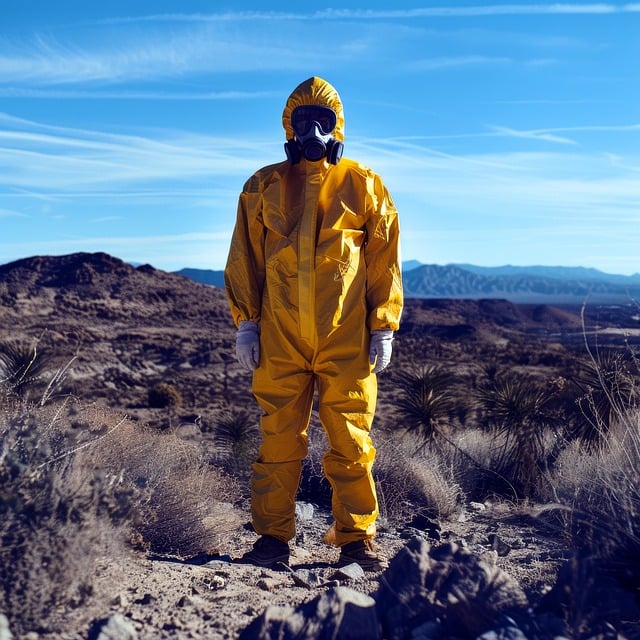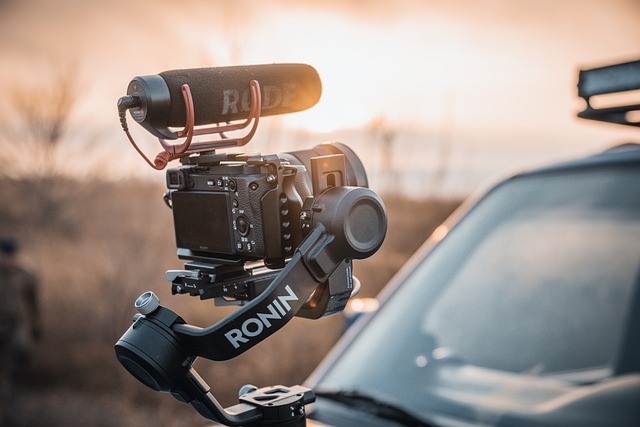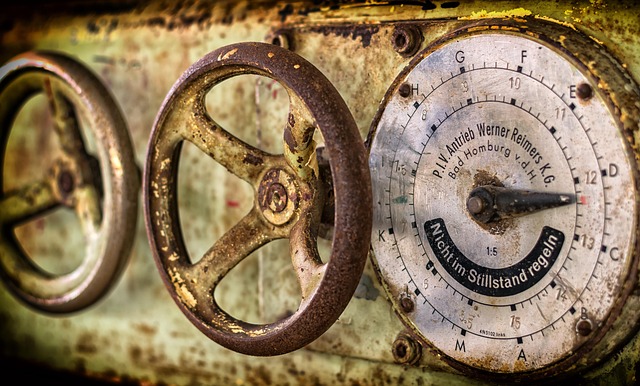Firefighters rely on specialized tools like the lid tight dome clamp prop (or Dome Clamp) for securing hazardous materials containers during emergencies. The MC306 clamp training unit and its dome clamp training simulators featuring hazmat dome simulation props equip first responders with essential skills through realistic, safe hands-on training in high-pressure scenarios, enhancing their confidence and proficiency in managing emergency valve systems.
Firefighters’ lives depend on their ability to swiftly and securely secure hoses. The lid tight dome clamp has emerged as an essential tool, offering precise control in high-pressure situations. This article explores the MC306 Clamp Training Unit, a cutting-edge simulator designed to prepare firefighters for real-world challenges. From understanding the versatile dome clamp prop to mastering emergency response with hazmat dome simulation props, this training unit revolutionizes preparedness, ensuring firefighters are equipped to handle diverse scenarios with confidence and efficiency.
- Understanding the Dome Clamp: A Firefighter's Essential Tool
- The MC306 Clamp Training Unit: Preparing for Real-World Scenarios
- Hazmat and Emergency Response: Simulating with Dome Simulation Props
Understanding the Dome Clamp: A Firefighter's Essential Tool

The Dome Clamp: A Lifesaving Tool for Firefighters
In the high-pressure world of firefighting, every tool matters, and the Dome Clamp stands out as an indispensable piece of equipment. This innovative device, often referred to as a lid tight dome clamp prop, serves multiple critical functions during emergency responses, especially in hazardous materials (HazMat) situations. It is designed to securely fasten and seal various containers, ensuring the safe containment of toxic or flammable substances.
Firefighters rely on the mc306 clamp training unit and similar dome clamp training simulators to master this essential skill. These simulators replicate real-world scenarios with hazmat dome simulation props, allowing crews to practice quickly and safely. By engaging in such simulations, firefighters enhance their proficiency in operating the Dome Clamp, ensuring they can respond swiftly and effectively when lives and communities are at stake.
The MC306 Clamp Training Unit: Preparing for Real-World Scenarios

The MC306 Clamp Training Unit is a cutting-edge tool designed to prepare firefighters for real-world scenarios involving hazardous materials and emergency valve operations. This innovative simulator takes the form of a lid tight dome clamp prop, meticulously crafted to replicate the challenges faced in high-pressure situations. By immersing themselves in this hazmat dome simulation prop, trainees gain invaluable hands-on experience without risking their safety or incurring the costs associated with live demonstrations.
The firefighter dome clamp simulator offers a safe and controlled environment where firefighters can practice securing and managing emergency valve systems. This comprehensive training equipment includes various functional components, allowing trainees to simulate complex procedures such as sealing off hazardous areas and containing potential risks. The MC306 Clamp Training Unit is a game-changer in fire safety education, ensuring that first responders are fully prepared to handle critical situations with confidence and precision.
Hazmat and Emergency Response: Simulating with Dome Simulation Props

In the dynamic field of Hazmat and Emergency Response, realistic training is paramount to ensure firefighters are prepared for high-stakes scenarios. The MC306 clamp training unit offers a groundbreaking solution with its innovative use of lid tight dome clamp props. These hazmat dome simulation props precisely replicate real-world emergency valve situations, allowing trainees to practice intricate skills like securing and managing these critical components under pressure.
By utilizing the firefighter dome clamp simulator, training becomes immersive and effective. The dome clamp training simulator enables firefighters to navigate complex labyrinths of piping and valves, honing their dexterity and problem-solving abilities in a controlled environment. This hands-on approach not only enhances technical proficiency but also instills confidence in dealing with hazardous materials and emergency situations, ultimately contributing to safer outcomes during real-world crises.






